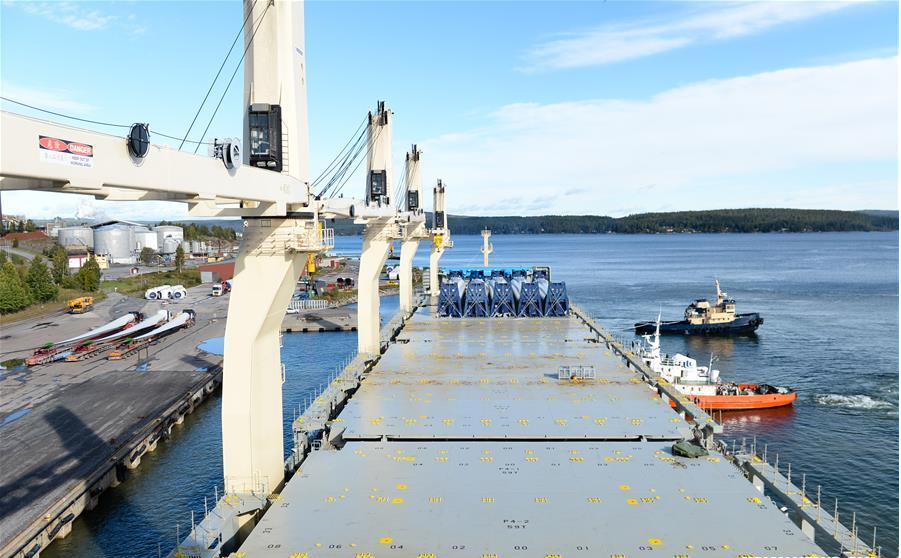The rise of China’s power in Asia, the country is expanding its influence geopolitically important areas of planet earth by reviving the ancient Silk Road, including Polar Silk Road, a mega connectivity project across Arctic region.
The Polar Silk Road, a new route of Silk Road having potential for shipping to connect Europe and Asia through the Arctic Ocean, as climate change melts sea ice and opens up new navigation possibilities which have appeared after the launch of BRI.
This “Arctic Route,” could revolutionize global trade and shipping, offering a faster and more efficient path between the Asian and European continents. The route would pass through the Arctic Circle, potentially reducing travel time and fuel costs, offering abundance of trade and cultural connectivity.
The idea of Polar Silk Road (PSR) was launched in 2017 to China’s mega-scale connectivity project, the Belt and Road Initiative (BRI) in 2013.
In 2018, China outlined its ambition plan to extend President Xi Jinping’s signature Belt and Road Initiative, BRI, to the Arctic region by developing shipping lanes opened up by global warming.
The first official Arctic policy white paper of China stated that it would encourage Chinese enterprises to build infrastructure and conduct commercial trial voyages, paving the way for Arctic shipping routes that would form a “Polar Silk Road”.
China announced to construct a “Polar Silk Road” and actively participate in the development of Arctic and Antarctic regions,
“China would “participate in pragmatic cooperation in the North Pole” and “raise its ability to participate in the protection and utilisation of the South Pole”,
according to 2021-2025 “five-year plan” published in 2021.
In the past, China’s efforts were related to promoting the primary targets of the BRI, the land-based Silk Road Economic Belt and the sea-based 21st Century Maritime Silk Road. In recent years, China has expanded its efforts with the introduction of the Digital Silk Road, Green Silk Road, and Health Silk Road.
In the context of Polar Silk Road, some experts claim that China has been eyeing lucrative mineral resources as well as potential new shipping routes in Arctic regions, as ice caps recede as a result of rising temperatures.
Some view the Polar Silk Road as a largely theoretical, and many challenges need to be addressed before it becomes a reality, including environmental concerns, infrastructure development, and international cooperation.



